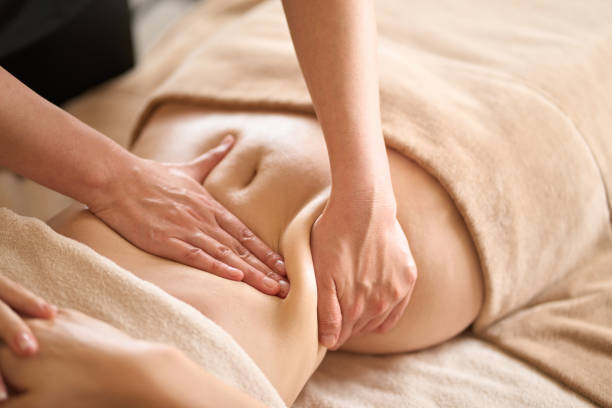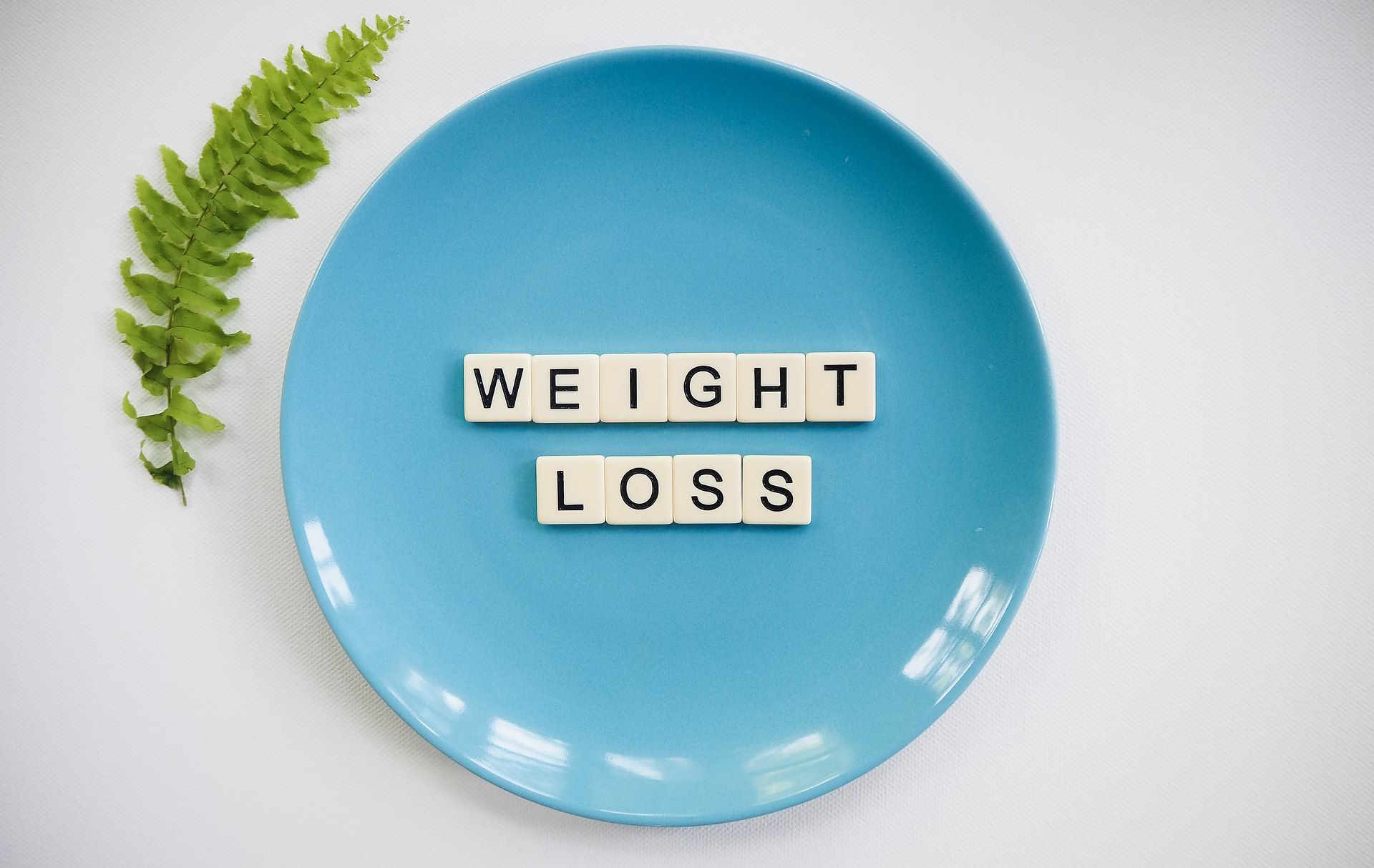When to consult a professional for chronic sole discomfort
Chronic discomfort in the sole can affect daily activities, mobility, and overall wellness. Persistent soreness, burning, or sharp pain under the foot may signal underlying issues beyond simple fatigue. This article explains common causes, conservative care, and clear signs that warrant seeking a healthcare or therapy professional for assessment and treatment.

When is sole pain a concern?
Persistent sole pain that lasts more than a few weeks, becomes progressively worse, or interferes with walking deserves attention. Plantar-related issues, such as plantar fasciitis or nerve irritation, often present as localized pain under the heel or arch, stiffness after rest, or pain with the first steps in the morning. If pain is recurrent despite rest, home stretching, and over-the-counter measures, professional evaluation can identify structural, neurologic, or inflammatory causes that need targeted management.
How can posture, toes, and ankles affect pain?
Alignment of the feet, toes, ankles, and overall posture plays a crucial role in how weight is distributed through the sole. Overpronation, high arches, toe deformities, or limited ankle dorsiflexion can increase stress on plantar tissues and contribute to chronic discomfort. Assessing gait and balance can reveal compensations that perpetuate pain. A clinician such as a podiatrist or physical therapist can assess biomechanics, recommend orthotics, or design exercises to restore balanced loading and protect vulnerable areas of the sole.
Can reflexology and pressurepoints help with circulation?
Therapies that focus on the foot’s surface, including reflexology and targeted pressurepoints, may provide relaxation and temporary symptom relief for some people by promoting local circulation and reducing muscle tension. While reflexology is commonly used for relaxation and wellbeing, it should complement—not replace—medical evaluation when pain is chronic. Improved circulation can support healing in certain conditions, but persistent or worsening symptoms need clinical assessment to rule out nerve entrapment, vascular problems, or tissue degeneration.
Role of stretching, mobility, and rehab in recovery
Structured stretching and mobility work for the calf, plantar fascia, toes, and ankles is a cornerstone of conservative care for many sole complaints. Progressive strengthening and mobility exercises help restore range of motion and improve load tolerance of the foot, which supports recovery and reduces recurrence. Rehabilitation programs tailored to a person’s specific deficits—focusing on ankle dorsiflexion, intrinsic foot muscle control, and toe flexibility—can shorten recovery time and improve functional outcomes compared with general, unsupervised stretching alone.
Relaxation, wellness, and balance strategies
Managing chronic sole discomfort often benefits from broader wellness approaches that include relaxation and balance training. Stress reduction techniques can decrease muscle bracing that aggravates foot pain, while balance and proprioception exercises reduce uneven loading on toes and arches. Integrating mindful relaxation, rounded posture awareness, and gradual conditioning supports both symptom relief and the prevention of flare-ups. These approaches complement targeted therapies such as manual treatment or supervised exercise programs.
This article is for informational purposes only and should not be considered medical advice. Please consult a qualified healthcare professional for personalized guidance and treatment.
When to seek professional assessment and treatment
Consult a healthcare professional if you experience any of the following: pain that persists beyond six weeks despite self-care, worsening pain or new numbness/tingling, visible swelling or bruising, difficulty bearing weight, or systemic symptoms such as fever. Severe or progressive symptoms may require imaging, nerve testing, or specialist referral. Local services such as podiatry clinics, physiotherapy practices, or orthopedic consultations can provide diagnostic exams, guided rehab, splints or orthotics, and coordinated care to restore mobility and limit long-term dysfunction.
Conclusion
Chronic sole discomfort has multiple potential causes tied to plantar tissues, biomechanics, circulation, and nerve health. Conservative measures—stretching, mobility work, balance training, and relaxation—help many people, but persistent, worsening, or function-limiting pain warrants professional assessment. A structured evaluation can clarify diagnosis and guide a rehab plan to support recovery, preserve mobility, and improve overall wellness.





